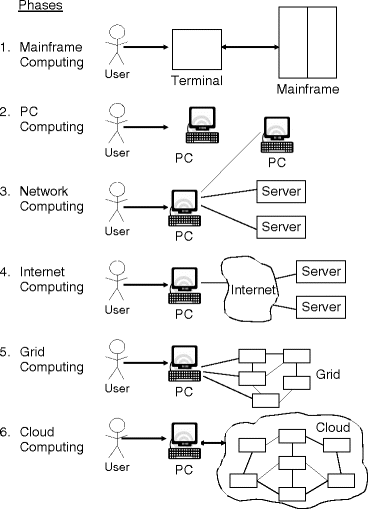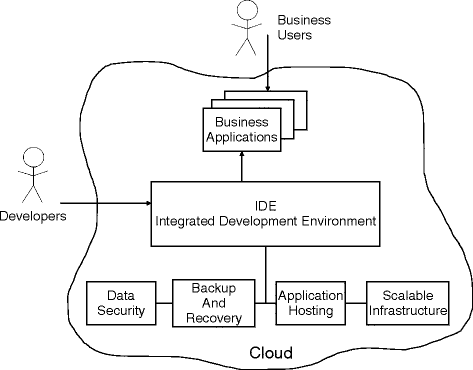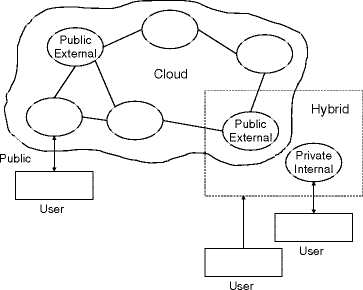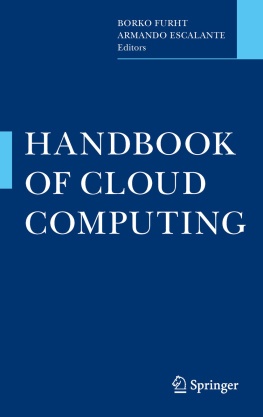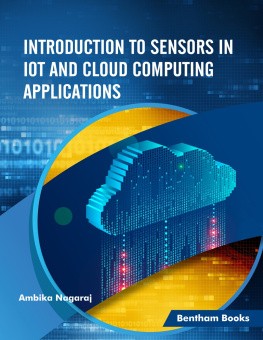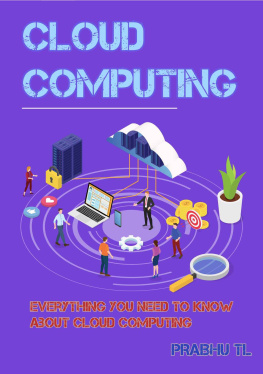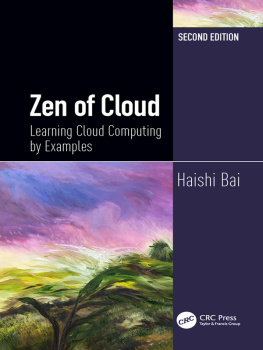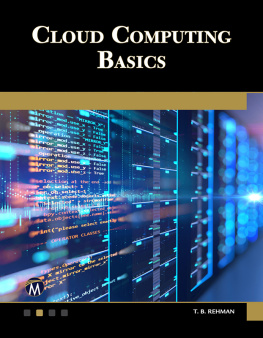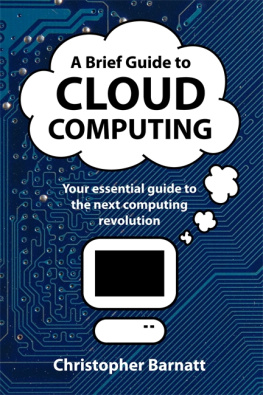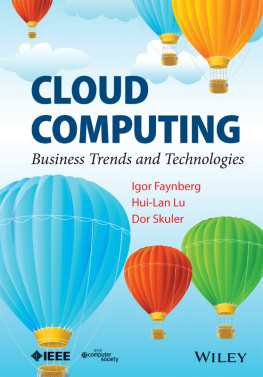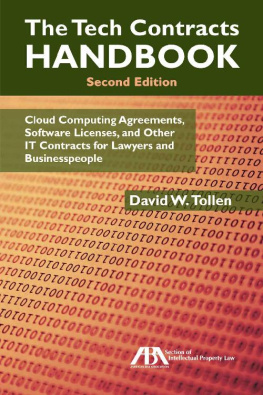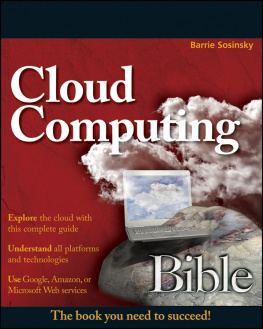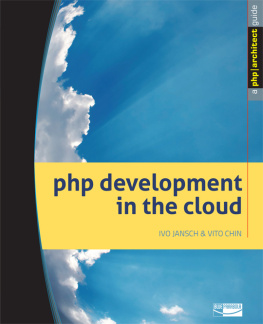Borko Furht and Armando Escalante (eds.) Handbook of Cloud Computing 10.1007/978-1-4419-6524-0_1 Springer Science+Business Media, LLC 2010
1. Cloud Computing Fundamentals
1.1 Introduction
In the introductory chapter we define the concept of cloud computing and cloud services, and we introduce layers and types of cloud computing. We discuss the differences between cloud computing and cloud services. New technologies that enabled cloud computing are presented next. We also discuss cloud computing features, standards, and security issues. We introduce the key cloud computing platforms, their vendors, and their offerings. We discuss cloud computing challenges and the future of cloud computing.
Cloud computing can be defined as a new style of computing in which dynamically scalable and often virtualized resources are provided as a services over the Internet. Cloud computing has become a significant technology trend, and many experts expect that cloud computing will reshape information technology (IT) processes and the IT marketplace. With the cloud computing technology, users use a variety of devices, including PCs, laptops, smartphones, and PDAs to access programs, storage, and application-development platforms over the Internet, via services offered by cloud computing providers. Advantages of the cloud computing technology include cost savings, high availability, and easy scalability.
Figure ), shows six phases of computing paradigms, from dummy terminals/mainframes, to PCs, networking computing, to grid and cloud computing.
Fig. 1.1
Six computing paradigms from mainframe computing to Internet computing, to grid computing and cloud computing (adapted from Voas and Zhang ())
In phase 1, many users shared powerful mainframes using dummy terminals. In phase 2, stand-alone PCs became powerful enough to meet the majority of users needs. In phase 3, PCs, laptops, and servers were connected together through local networks to share resources and increase performance. In phase 4, local networks were connected to other local networks forming a global network such as the Internet to utilize remote applications and resources. In phase 5, grid computing provided shared computing power and storage through a distributed computing system. In phase 6, cloud computing further provides shared resources on the Internet in a scalable and simple way.
Comparing these six computing paradigms, it looks like that cloud computing is a return to the original mainframe computing paradigm. However, these two paradigms have several important differences. Mainframe computing offers finite computing power, while cloud computing provides almost infinite power and capacity. In addition, in mainframe computing dummy terminals acted as user interface devices, while in cloud computing powerful PCs can provide local computing power and cashing support.
1.1.1 Layers of Cloud Computing
Cloud computing can be viewed as a collection of services, which can be presented as a layered cloud computing architecture, as shown in Fig. [Jones XXXX]. The services offered through cloud computing usually include IT services referred as to SaaS (Software-as-a-Service), which is shown on top of the stack. SaaS allows users to run applications remotely from the cloud.
Fig. 1.2
Layered architecture of Cloud Computing (adapted from Jones)
Infrastructure-as-a-service (IaaS) refers to computing resources as a service. This includes virtualized computers with guaranteed processing power and reserved bandwidth for storage and Internet access.
Platform-as-a-Service (PaaS) is similar to IaaS, but also includes operating systems and required services for a particular application. In other words, PaaS is IaaS with a custom software stack for the given application.
The data-Storage-as-a-Service (dSaaS) provides storage that the consumer is used including bandwidth requirements for the storage.
An example of Platform-as-aService (PaaS) cloud computing is shown in Fig. ]. The PaaS provides Integrated Development Environment (IDE) including data security, backup and recovery, application hosting, and scalable architecture.
Fig. 1.3
The concept of Platform-as-a-Service, Zoho Creator (adapted from Platform as a Service, http://www.zoho.com/creator/paas.html )
According to Chappell ( shows the cloud service SaaS, where the entire application is running in the cloud. The client contains a simple browser to access the application. A well-known example of SaaS is salesforce.com.
Fig. 1.4
The categories of cloud services (adopted from Chappell ())
Figure illustrates another type of cloud services, where the application runs on the client; however it accesses useful functions and services provided in the cloud. An example of this type of cloud services on the desktop is Apples iTunes. The desktop application plays music, while the cloud service is used to purchase a new audio and video content. An enterprise example of this cloud service is Microsoft Exchange Hosted Services. On-premises Exchange Server is using added services from the cloud including spam filtering, archiving, and other functions.
Finally, Fig. shows a cloud platform for creating applications, which is used by developers. The application developers create a new SaaS application using the cloud platform.
1.1.2 Types of Cloud Computing
There are three types of cloud computing (Cloud Computing, Wikipedia, .
Fig. 1.5
Three types of cloud computing
In the public cloud (or external cloud) computing resources are dynamically provisioned over the Internet via Web applications or Web services from an off-site third-party provider. Public clouds are run by third parties, and applications from different customers are likely to be mixed together on the clouds servers, storage systems, and networks.
Private cloud (or internal cloud) refers to cloud computing on private networks. Private clouds are built for the exclusive use of one client, providing full control over data, security, and quality of service. Private clouds can be built and managed by a companys own IT organization or by a cloud provider.
